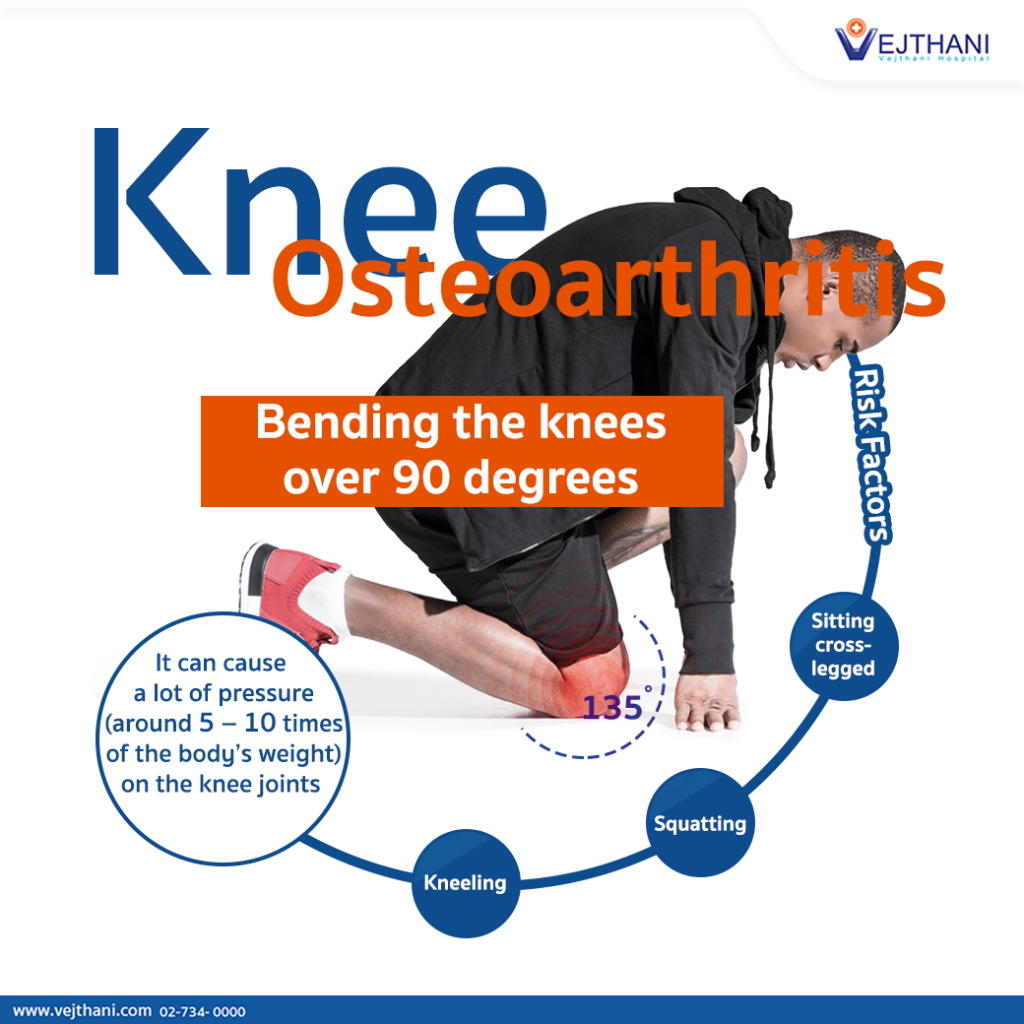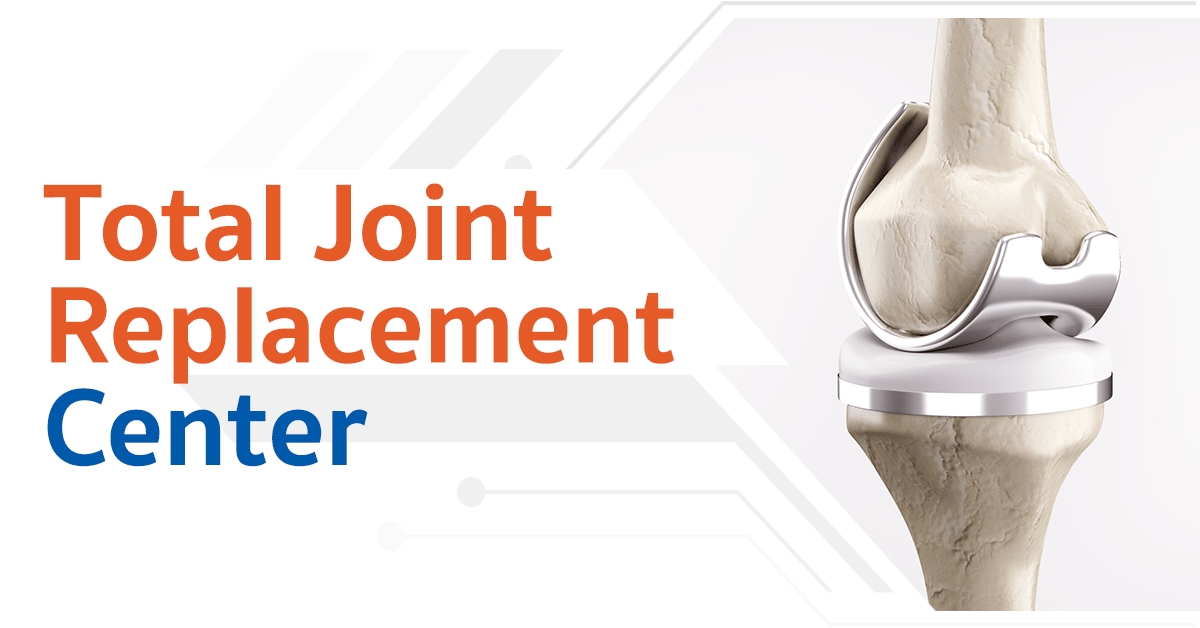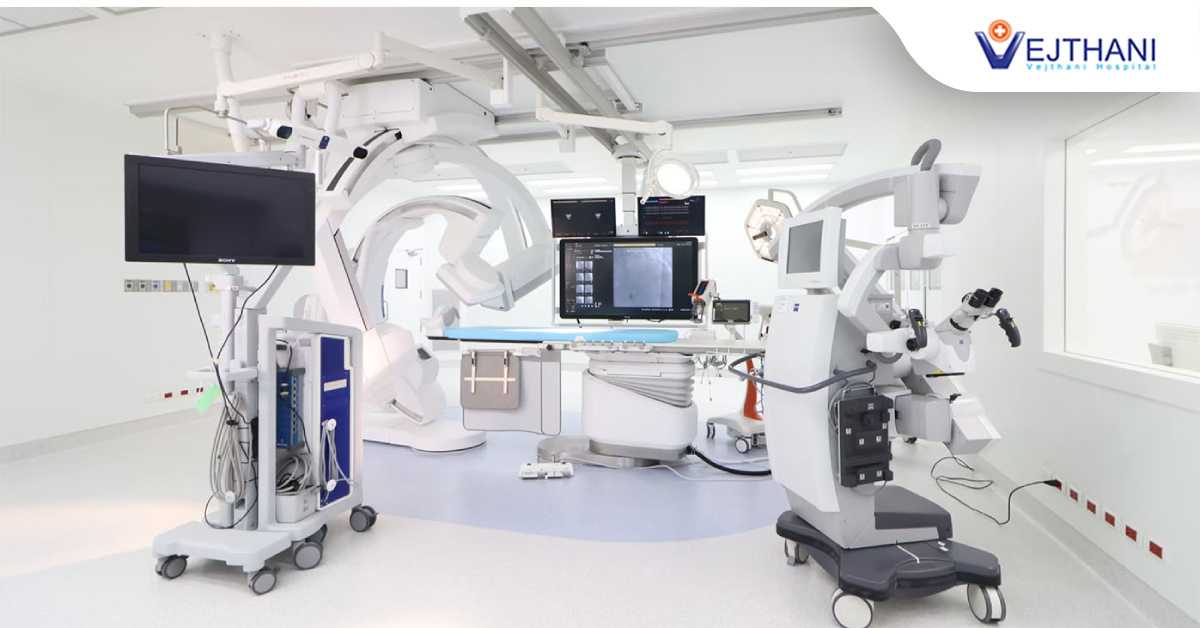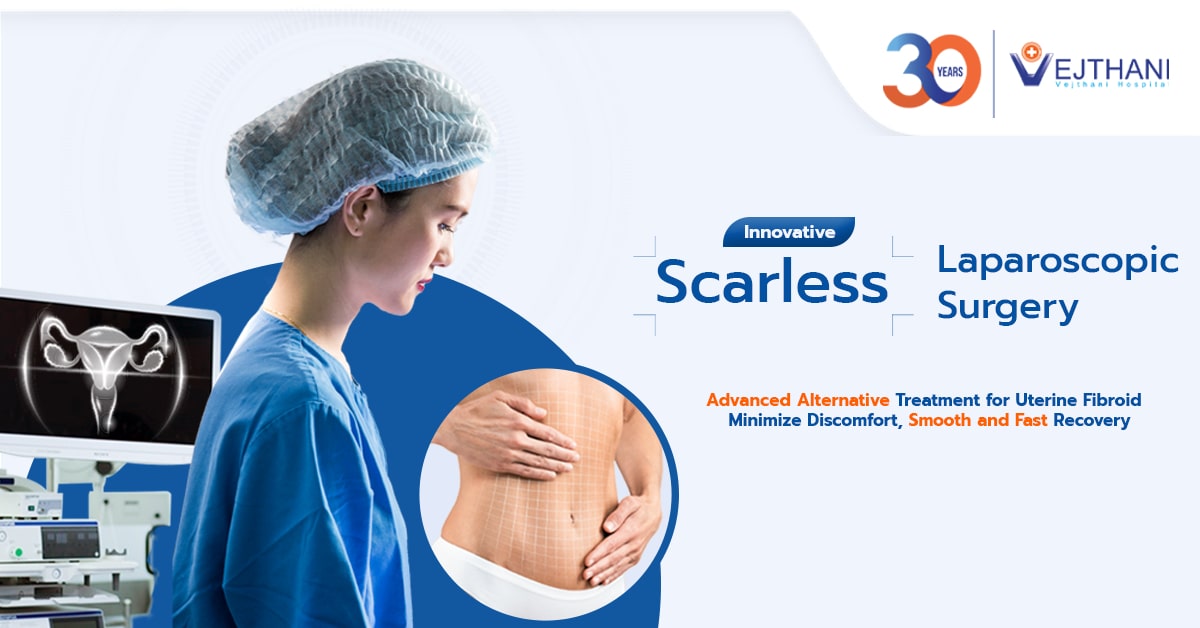

Knee osteoarthritis is a knee degenerative joint disease that its possibility to occur increases as we age and how we use our knees. We cannot avoid knee osteoarthritis but we can slow it down by receiving the treatment as soon as we found out any abnormalities in our knees.
The knee joint is the biggest joint in the human body. It allows us to stand, walk, and balance while supporting the body’s weight. Dr. Premstien Sirithanapipat, a total joint reconstruction surgeon of Vejthani Hospital explained that the most common and unavoidable knee joint disease is knee osteoarthritis, and if left untreated, it will affect our daily lives as well as other joints in the body such as the foot, hip, back, and shoulder joint which will decrease the quality of life. The factors that can cause knee osteoarthritis are knee injury, some underlying diseases, overweight, and poor sitting posture. According to studies, bending the knees over 90 degrees can cause a lot of pressure (around 5 – 10 times of the body’s weight) on the knee joints, and that speeds up the occurrence of knee osteoarthritis.
“As the day goes by, knee osteoarthritis can be more severe and cause pain, redness, swelling, and produce sounds while using the knees like standing up, walking, and climbing up and down the stairs. Moreover, if it was left untreated for a long time, it might cause knee deformity which makes the patients hardly walk or unable to walk” said Dr. Premstien.
There are a lot of treatment options for knee osteoarthritis which depends on the symptoms and severity of knee osteoarthritis. The treatment options for knee osteoarthritis include:
- Non-pharmacological treatment: The patients will be suggested to reduce the risk factors of knee osteoarthritis by weight control, working out, and doing knee muscles exercise. In some cases, the doctor may suggest the patients to undergo acupuncture and laser therapy for knee pain.
- Pharmacological treatment: The doctor will consider using oral or external medicine on patients, depending on the severity and the health conditions of each patient.
- Knee Surgery: There are 2 types of knee surgery which are knee repair surgery or knee arthroscopy and knee replacement surgery. During the knee arthroscopy procedure, the fluid, the small pieces of knee bone, the cartilage, and the soft tissue that fell apart from the knee will be removed. And then, the surgeon will grind the surface of the knee bone and stimulate the knee to form the new cartilage. For the knee replacement surgery, the damaged part of the knee will be removed and replaced with the artificial ones. Knee replacement surgery is recommended for people who have knee deformity or severe osteoarthritis. The patients who undergo knee surgery are able to stand up, walk, and move the knee joint after one night of the surgery. Moreover, the patients will have just a small incision, so that allows the patients to recover faster and have fewer complications compared to the surgery in the past. Currently, we have computer-assisted surgery and robotic-assisted surgery technologies, so that allows the surgeon to provide a more precise and effective knee surgery.
Dr. Premstien also recommended the ways to slow down the occurrence of knee osteoarthritis. We should avoid bending the knees over 90 degrees, exercise properly, and if we have any joint-related diseases, we should seek proper medical treatment in order to prevent severe knee osteoarthritis in the future. We also need to control our weight to avoid exceeding the BMI standard. If you feel any pain sensation in your knee, you should seek medical treatment immediately because receiving early treatment can slow down the occurrence of knee osteoarthritis and expand the longevity of the knee.
- Readers Rating
- Rated 4.4 stars
4.4 / 5 ( Reviewers) - Outstanding
- Your Rating





















